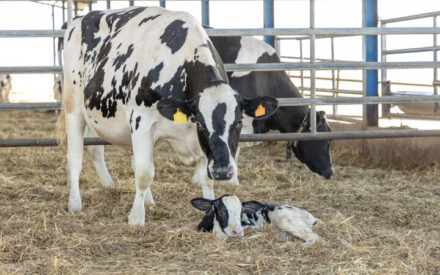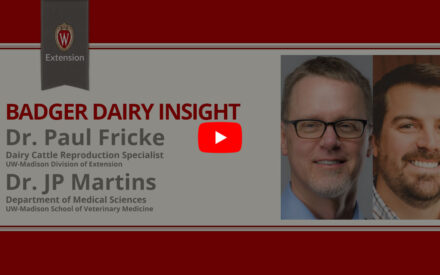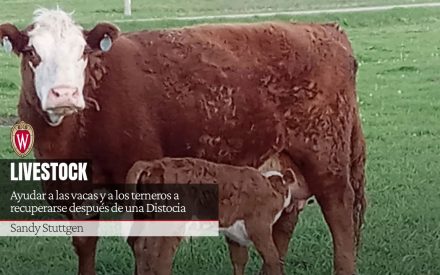During the past two decades, a reproduction revolution has occurred in the dairy industry. A consequence of increased reproductive performance has been an increase in replacement heifer inventories, which in turn have decreased replacement heifer market values. Based on the UW-Extension Dairy Replacement ICPA Survey (Akins and Hagedorn, 2015), rearing costs of Holstein heifers from birth to calving averaged $2,100 from 1999 to 2015 and exceeded $2,500 in 2015. Under these economic conditions, the cost of raising heifers is $1,300 more than their market value and raising 100 extra heifers per year on a 1,000-cow dairy results in $130,000 in excess rearing costs. To compensate for these changing economic conditions, dairy farmers have rapidly implemented dairy herd inventory management strategies to right-size replacement heifer inventories and maximize profit.
One of the key reproductive technologies they have turned to is sexed semen. Use of sexed semen increases genetic progress in dairy herds through increased dam selection intensity (Khalajzadeh et al., 2012). Other strategies include use of genomic testing or pedigrees to identify genetically superior heifers and cows, use of sexed semen to inseminate genetically superior dairy heifers and lactating cows balanced for replacement needs (Weigel et al., 2012), and use of beef semen to inseminate low genetic merit heifers and cows to produce crossbred calves with increased value in the beef market (Ettema et al., 2017).In this paper, Dr. Paul Fricke, Extension Dairy Cattle Reproduction Specialist provides an overview of several recent studies from his laboratory that have investigated management strategies to improve the fertility of sexed semen in both nonlactating heifers and lactating dairy cows.

 Activity Monitoring Technology for Reproductive Management of Dairy Cows
Activity Monitoring Technology for Reproductive Management of Dairy Cows ▶️ Watch: Strategies for improving reproduction in dairy herds
▶️ Watch: Strategies for improving reproduction in dairy herds Ayudar las vacas y a los terneros a recuperarse después de una Distocia
Ayudar las vacas y a los terneros a recuperarse después de una Distocia


